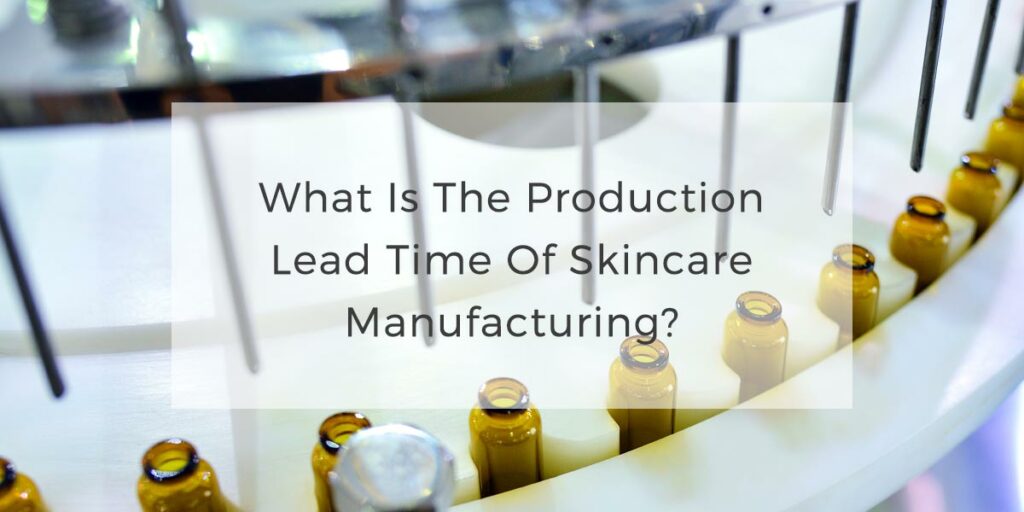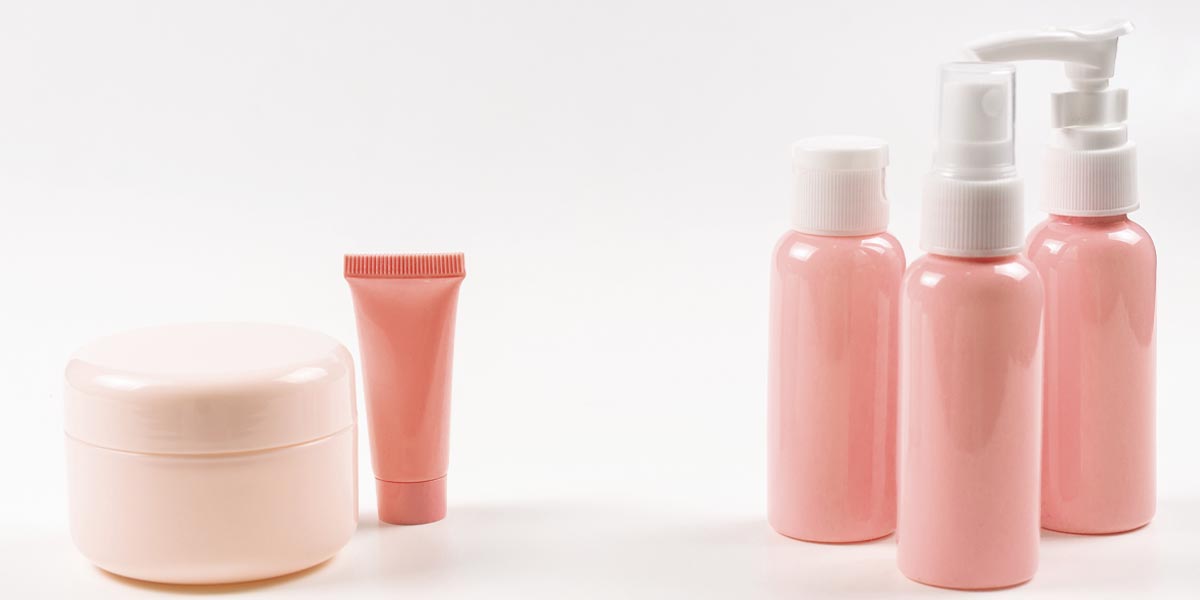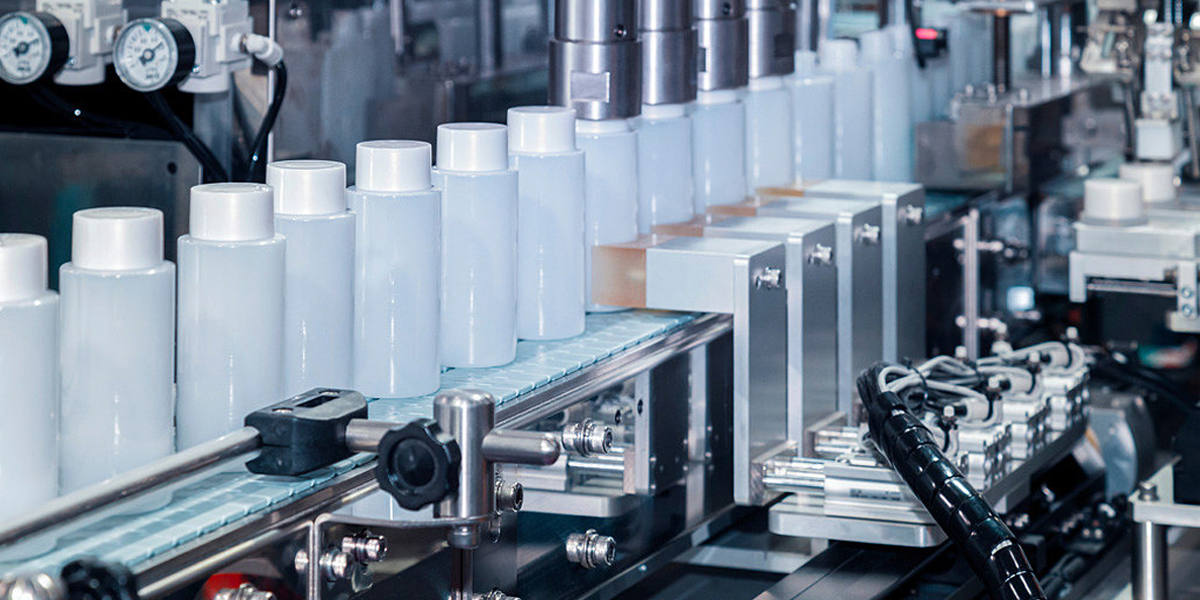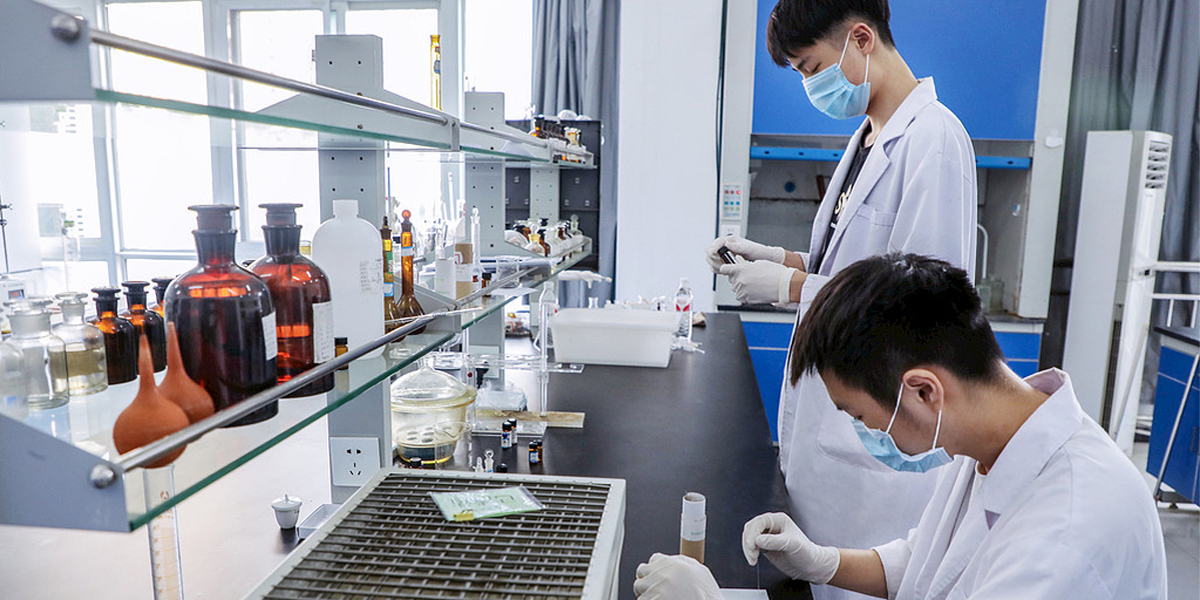The time it takes to produce skin care products can vary based on a variety of factors, including the type of product, complexity, production scale, and manufacturing process.
Product Type
Different types of skin care products may require different production times. Below, we will introduce the production time of some commonly used skin care products:
Frost: 1 day for cooking, 5 days for resting & micro-inspection, 1 days for canning & back-end packaging
Oil: 1 day for cooking, 5 days for resting & micro-inspection, 1 days for canning & back-end packaging
Water: 1 day for cooking, 5 days for resting & micro-inspection, 1 days for canning & back-end packaging
Facial mask: 1 day for cooking, 5 days for resting & micro-inspection, 1 days for canning & back-end packaging
Production Scale
The scale of production has a certain impact on the production time of skin care products, especially in industrial-scale production. Here are some factors related to production scale that may affect skin care product production time:
Production line efficiency: Large-scale production often uses more advanced and efficient production line equipment. This may result in more products being produced per production cycle, thereby reducing the overall time required to produce.
Level of automation: Large-scale production typically involves more automated processes, from the mixing of raw materials to packaging. A production line with a high degree of automation can usually complete individual production steps more quickly, thereby reducing the overall production cycle.
Batch processing: Large-scale production is usually done in batches, which means more products are processed at the same time. Batch processing improves efficiency and reduces production time.
Supply chain coordination: Large-scale production requires better coordination of the supply chain to ensure that all links work together. The effect of supply chain coordination is directly related to the length of the production cycle.
Quality Control: In high-volume production, quality control systems are usually more sophisticated to ensure that each product meets standards. This may involve more testing and auditing, with some impact on the production cycle.
Human resources: Mass production may require more human resources, but at the same time, production efficiency can also be improved through reasonable personnel arrangements and training. Proper human resource management can help ensure that production plans are implemented promptly.
It should be noted that although large-scale production is generally more efficient, in some cases it may face more complexities, such as more complex quality control, longer supply chains, etc., which may increase in some special cases production cycle. Therefore, when planning the production process, it is necessary to comprehensively consider various factors and make the optimal decision based on the specific situation.
Recipe Development and Testing
The production of skin care products is inseparable from the silent efforts behind the scenes in formula development and testing. This process is not only related to product quality and safety but also directly affects the entire production cycle.
First of all, formula research and development is the source of skin care product innovation. Scientists strive to find the best combination through continuous experiments and adjustments based on an in-depth understanding of the properties of various raw materials. The time required for this stage mainly depends on the complexity of the recipe and the availability of raw materials. A well-developed formula will provide a solid foundation for the product.
Secondly, formula testing is an indispensable step to ensure that the product meets the standards. At this stage, the stability, safety, quality, and other aspects of the product must be systematically inspected. Qualified test results directly determine whether the product can be put on the market. The time investment in this link includes not only the time for the test itself but also the analysis and necessary corrections of the test results.
The formulation development and testing process directly affects the length of the entire production cycle. If R&D and testing are done properly and high-quality formulations can be produced in a shorter time, the entire production cycle can be significantly compressed. Conversely, if challenges are encountered at this stage, the production cycle may be lengthened as a result.
Therefore, to improve the production efficiency of skin care products, companies need to inject more wisdom or resources into the development and testing stages of formulas. Optimizing the R&D process, improving testing efficiency, and flexibly responding to technical problems are the keys to ensuring a short and efficient production cycle. Through technological innovation and teamwork, skin care companies can better cope with challenges and launch satisfying products more quickly.
Production Process
All aspects of the production process will also directly affect the time node of product development, manufacturing, and final sales. The efficiency of the production process will directly affect the development, manufacturing, and final sales time of the product.
The procurement of raw materials and the coordination of the supply chain are also an integral part of the production process that cannot be ignored. Ensuring the timely supply of raw materials and avoiding production delays due to raw material shortages is crucial to accelerating the production cycle. Effective supply chain management helps improve overall production efficiency.
In the manufacturing stage, the degree of automation of the production process and the stability of the production line also have a significant impact on the production cycle. Advanced production equipment and efficient production lines can greatly increase the output of skin care products and shorten the production cycle. At the same time, strict quality control is also the key to ensuring product quality, but it also requires a moderate investment of time.
Finally, the marketing and sales stages are also important factors affecting the entire production cycle. By planning marketing activities, and coordinating channels and sales plans in advance, we can better connect with the production process and reduce delays in product launch time.
Therefore, the production process has a multifaceted and far-reaching impact on the skin care product production cycle. Optimizing processes, improving efficiency, and rational planning will provide strong support for skin care product companies to shorten production cycles and respond to market changes more flexibly.
Regulations and Certifications
Regulations and certification are important guarantees for product quality and safety in modern society, covering various industries, from food and medicine to electronic products. This system not only ensures the legal production and sales of products but also concerns the rights and interests of consumers and the overall safety of society.
Skin care products, as products that come into direct contact with the human body, are subject to strict regulations. Countries have detailed regulations on the production, use of ingredients, and labeling of skin care products. Enterprises need to ensure that their products comply with relevant regulations, otherwise, they may face legal liabilities such as fines and product recalls, which directly affect the time to market and marketing of products.
Obtaining certification is an effective means for companies to prove product quality and management systems. For example, ISO9001 quality management system certification, ISO22716 cosmetics production quality management system certification, etc. These certifications not only improve the transparency and standardization of the production process but also enhance the market credibility of the product. However, obtaining certification is not an easy process. It requires companies to spend a certain amount of time and energy, which causes a certain delay in the production cycle.
Although regulations and certifications pose some challenges to the skin care product production cycle, their positive impacts are also clear. Compliance production not only guarantees the quality and safety of products, improves the market competitiveness of enterprises, but also ensures consumers’ trust in products. While gradually improving regulations and certifications, skin care products companies should also take this opportunity to strengthen internal management and improve production efficiency to better adapt to market demand and achieve sustainable development.
Packaging and Labeling
Packaging and labeling play a key role in the production cycle of skin care products. They not only affect the appearance and market impression of the product but also directly involve regulatory compliance and the maintenance of brand image, thus having a profound impact on the entire production process.
The design of packaging and labels is the first impression of skin care products on the market. This is not just a matter of product appearance, but also involves multiple levels such as brand identity and market positioning. Therefore, in the early stages of product development, sufficient time and effort are required to design and create packaging and labels to ensure that they both attract consumers and accurately convey the features and value of the product.
Regulatory compliance places stringent requirements on packaging and labeling. Skin care products must indicate ingredients, usage methods, expected effects, and other information on the packaging and labels to ensure that consumers understand the product and use it correctly. Ensuring compliance with relevant regulations is not only the legal obligation of enterprises but also a prerequisite for ensuring that products are legally marketed, which directly affects the length of the production cycle.
Packaging and labeling should also be produced with environmental considerations in mind. Modern consumers are increasingly paying attention to environmental protection and sustainability, so the use of packaging materials and printing processes that meet environmental standards also requires reasonable planning and arrangements during the production cycle.
Although the design, production, and compliance requirements of packaging and labeling pose certain challenges to the skin care product production cycle, they are also critical to the successful launch of the product. Through efficient teamwork, planning, and coordination with relevant departments, skin care products companies can better cope with these challenges and ensure that their products can achieve a better competitive position in the market.
The time of the skin care product production cycle depends on multiple factors, including the complexity of the product, the time spent in the research and development phase, the efficiency of the production process, etc. However, regardless of the length of the production cycle, attention should be paid to shortening the time as much as possible and meeting market demand while ensuring product quality and compliance with regulations.






